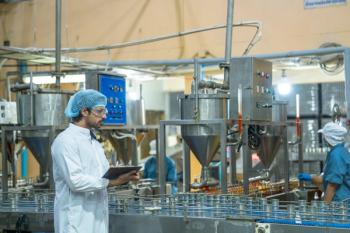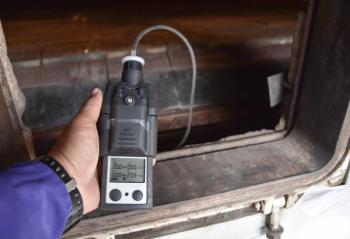
Gerstel and Spark Holland Enter Agreement
Spark Holland B.V. (VE Emmen, Netherlands) and Gerstel GmbH & Co. KG (M?lheim an der Ruhr, Germany) have entered into an agreement based on Spark's patented dried blood spot (DBS) technology.
Spark Holland B.V. (VE Emmen, Netherlands) and Gerstel GmbH & Co. KG (Mülheim an der Ruhr, Germany) have entered into an agreement based on Spark’s patented dried blood spot (DBS) technology. The agreement includes the use of Spark’s FTD technology and the Spark DBS autosampler, allowing Gerstel to develop and market fully integrated automated DBS systems.
Spark Holland is a supplier of front-end ultra high performance liquid chromatography and on-line solid phase extraction (SPE) instruments, specializing in the field of autosampling and on-line SPE and, more recently, on-line DBS analysis. Gerstel is an international company focused on developing and producing automated systems and solutions for chemical analysis, providing accessories or complete systems with integrated software control. Gerstel’s main focus is on automated sample preparation for gas chromatography–mass spectrometry and liquid chromatography-mass spectrometry. The company has been using Spark’s SPE technology in its customer-focused solutions for more than two years.
Newsletter
Get essential updates on the latest spectroscopy technologies, regulatory standards, and best practices—subscribe today to Spectroscopy.





